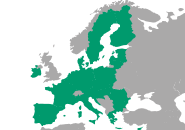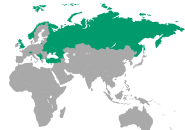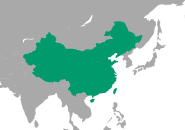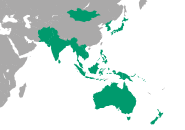The development of the use of feed additives is closely linked to the industrialisation of animal production. The increasing specialisation of production units and economic constraints have led to the concentration of animals and the improvement of zootechnical performance. Feed manufacturing has also been industrialised, with various models capable of integrating additives into their process. Today, our animal production models are bound to evolve according to new trends. The need to add or not to add an additive to a feed is increasingly questioned, particularly by breeders who do not understand the issue and only see it as an unnecessary cost. So should we do without feed additives or not?
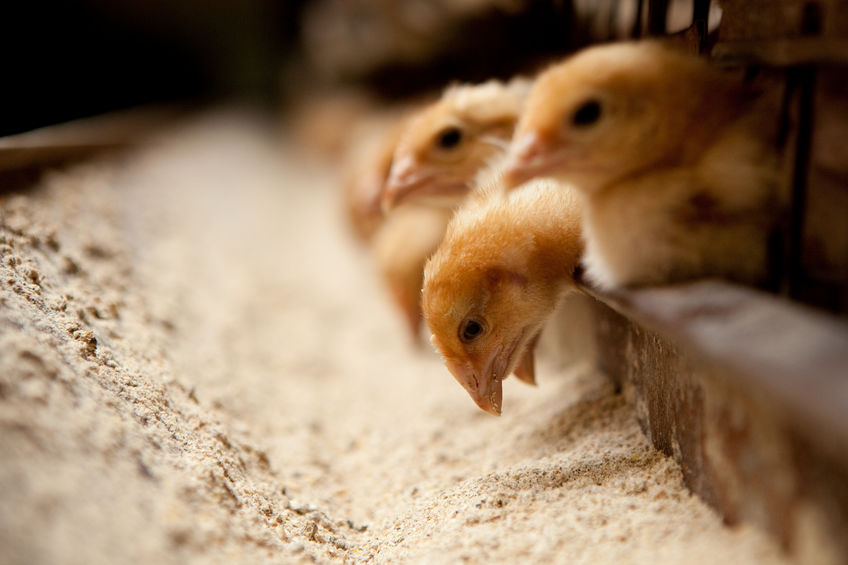
What exactly are the substances classified as “feed additives”?
In Europe, Regulation (EC) No 1831/2003 governs the conditions for the authorisation and use of feed additives. This directive classifies European additives into the following 5 categories:
- Technological – e.g. preservatives, antioxidants, emulsifiers, acidity regulators or silage additives
- Sensory: flavours, colours
- Nutritional: vitamins, amino acids and trace elements
- Zootechnical: agents to improve digestibility
- Antiparasitic: coccidiostats and histomonostats
Nutritional feed additives are essential
Farm animals are by definition captive animals to which we administer a ration and nutritional additives are part of the formulators’ toolbox to create feeds that meet the animals’ nutritional needs. Plant-based raw materials alone do not cover all of these needs, so the addition of vitamins and/or trace element supplements is part of the essential package. It is up to the formulator to adjust the additions according to the primary materials in the feed, the species and the targeted physiological stage. This saves the day in one category but not the others.
Let’s leave out everything else!
As their name indicates, feed additives provide additional, complementary functionalities to feedstuffs and are therefore not necessary for animal production. For example, antibiotic additives with growth-promoting effects have been banned in Europe since 2006. In the rest of the world, the regulations are different but all tend towards the same goal: reduction and gradual withdrawal. The objective of these substances was to improve the performance of livestock. However, the progress made in optimising livestock buildings, genetic selection and breeding practices has made it possible to raise the level of zootechnical performance of animals. From now on, animal production must face other challenges beyond performance alone. The initial goal was to produce to feed the population; now, it must be able to produce while adapting to new social demands.
New challenges, new generation of solutions
To find their place in a formulation, tomorrow’s feed additives must respond to new market trends both in terms of composition and functionality. The use of more natural active ingredients or plant extracts already places certain additives in a more cutting-edge segment, but it is above all the answers provided to the major challenges facing livestock farming that will position certain additives as indispensable solutions. 3 major themes of interest are easily identifiable (from the oldest societal demand to the most recent):
- The environment
- The animal welfare
- Health for all
Contributing to the preservation of the planet’s resources
What initially appeared to be a marginal and utopian demand of small groups has become a pressing and omnipresent demand. Public and political awareness of the need to protect the planet is leading to a reconsideration of agricultural practices. Limiting environmental discharges, reducing greenhouse gases, limiting raw material imports, making the most of co-products, animal production has several levers for action to contribute to the global effort to preserve natural resources. The regulations on the control of pollutants are beginning to show their face and little by little, zootechnical performance is giving way to environmental performance. We will then talk about the efficiency of livestock farms and to accompany this, the use of innovative solutions via feed is a card to play.
Improving animal welfare
If there is a consensus between the livestock industry and the public, it is on the question of animal welfare and modern production methods. This opposition between production professionals and citizens has led to a fruitless dialogue. But none of them is really concerned with the animal’s experience. Yet reconciling animal welfare and performance is the new requirement for livestock farms. To improve animal welfare, assessment methods must be based on tangible results. The insights provided by scientific studies, correlated with the expertise of farmers, technicians and veterinarians, make it possible to propose assessment methods based on different criteria. The behaviour of farm animals provides significant indicators of the state of “well-being” of individuals. The implementation of voluntary approaches such as ITAVI’s EBENE application is an example of a method based on the evaluation and observation of animals. This method focuses on the results observed rather than the means used and is more representative of the state of comfort or stress of the animals. The environment, congeners and the farmer are sources of interaction and stress for the animal. The cumulative effect of these stresses has an individual impact on each animal. The perception of stress is a sensory phenomenon and the associated reactions are directly integrated by the brain system. The addition of a neurosensory supplement allowing better adaptation to stress is a relevant response to the well-being issue.
Participating in the “one health” global health programme
This concept, introduced in the early 2000s, highlights the interconnection between animal and human health. This trend is beginning to raise new societal questions and should rapidly lead to strong demands. It is a holistic approach to protecting public health through the development of global pathogen prevention and control strategies. Reducing the use of antibiotics to limit antibiotic resistance, or limiting drug treatments in animal husbandry, is an effective technique to protect public health. Improving the natural defences (strengthening the animal) of farm animals is a means of facilitating the implementation of this ambitious objective.
The days of performance for performance’s sake are well and truly over. Feed additives designed for this purpose have had their day. However, doing away with “old-fashioned” additives does not mean giving up the use of innovative solutions that provide new functionalities in response to new social and societal demands.

